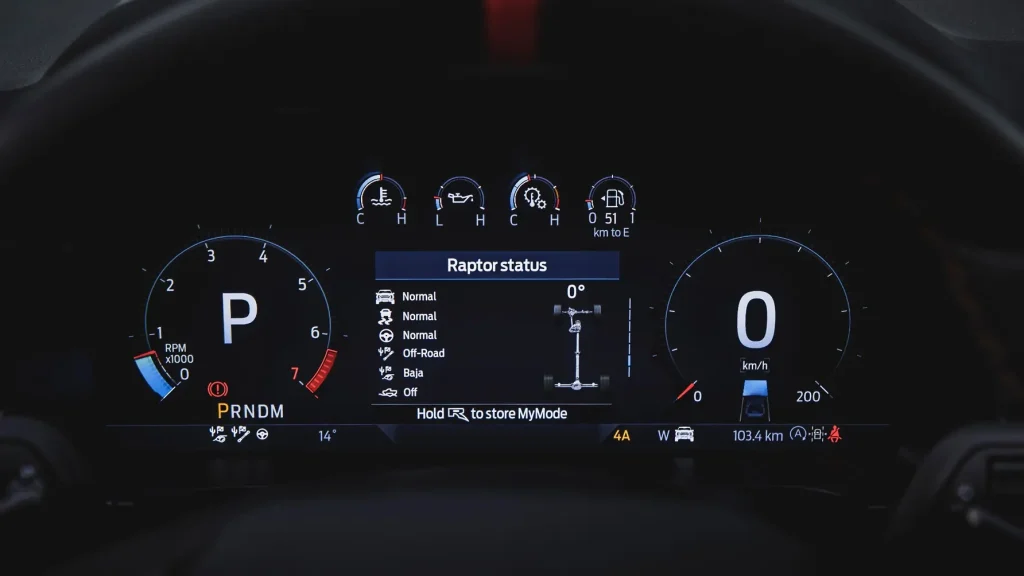How To Tell If A Car Has Had A Mileage Blocker?
When buying a used car, one of the crucial aspects to check is the accuracy of the vehicle’s mileage. Accurate mileage gives you an idea of the car’s wear and tear, influencing your buying decision. However, with advancements in automotive technology, devices like mileage blockers have made it possible to alter mileage readings without leaving any trace. In this blog post, we’ll explore how to detect if a car has had a mileage blocker installed and what to look out for.
Mileage blockers, also known as odometer stoppers or mileage correction tools, are devices designed to halt the recording of mileage in a vehicle’s odometer. Unlike traditional mileage correction methods that can sometimes leave traces in the vehicle’s system, mileage blockers are designed to be undetectable. This makes it extremely challenging to identify whether a car has had its mileage altered.The mileage on a car is a key indicator of its usage and overall condition. Lower mileage typically means less wear and tear, leading to a higher resale value. Conversely, higher mileage can indicate extensive use, potential mechanical issues, and a lower resale value. This is why accurately representing mileage is crucial for buyers and sellers alike.
The Challenge of Detecting Mileage Blockers
Due to their advanced technology, mileage blockers are designed to leave no trace in the vehicle’s system. This makes them virtually undetectable, even with sophisticated diagnostic tools. Unlike mileage correction methods that can sometimes be identified through discrepancies in electronic records, mileage blockers do not leave any digital fingerprints.
Despite this challenge, there are still ways to uncover potential discrepancies and ensure you’re making an informed decision when buying a used car.
1.Check Service Records and Maintenance History
One of the most reliable ways to verify a vehicle’s mileage is by examining its service records and maintenance history. Look for consistent records that match the odometer reading. Sudden drops or irregularities in mileage between services can be a red flag.
2.Inspect the Vehicle’s Condition
A physical inspection of the car can provide clues about its true mileage. Excessive wear on the steering wheel, pedals, seats, and gear shift can indicate higher mileage than what is displayed on the odometer. Additionally, check for new parts that seem out of place for a vehicle with low mileage.
3.Review Vehicle History Reports
Obtain a comprehensive vehicle history report from services like Carfax or AutoCheck. These reports often include mileage data recorded during inspections, registrations, and emissions tests. Look for inconsistencies in the reported mileage over time.
4.Conduct a Diagnostic Check
While mileage blockers are designed to be undetectable, it’s still worth conducting a thorough diagnostic check using advanced tools. Some discrepancies might still be detected, especially if the blocker wasn’t installed correctly or if there are residual digital traces.
5.Consult a Professional Mechanic
Enlist the help of a trusted mechanic to perform a detailed inspection of the vehicle. Experienced professionals can often spot signs of tampering or wear that might be overlooked by the average buyer.
6.Examine the Tires
Check the condition and age of the tyres. If the tyres show significant wear or have been replaced but the vehicle displays low mileage, this could be a sign of higher usage.
7.Look for Aftermarket Modifications
Inspect the vehicle for any aftermarket modifications that could indicate tampering. This includes new odometer components or wiring that looks out of place.[/vc_column_text]
Legal and Ethical Considerations
Using a mileage blocker to deceive potential buyers is not only unethical but also may be illegal in some jurisdictions. If you suspect that a vehicle has had its mileage altered, it’s important to proceed with caution. Selling a car with a known altered odometer reading without disclosure can lead to legal consequences for the seller.
Conclusion
While detecting a mileage blocker can be near impossible in most cases due to their advanced and undetectable nature, there are still steps you can take to protect yourself when buying a used car. By conducting thorough research, inspecting the vehicle carefully, and consulting with professionals, you can minimize the risk of purchasing a car with altered mileage.
At the end of the day, being an informed and vigilant buyer is your best defense against potential fraud. Always prioritise transparency and honesty in your transactions to ensure you’re making the best possible decision for your investment.


Leave a Reply